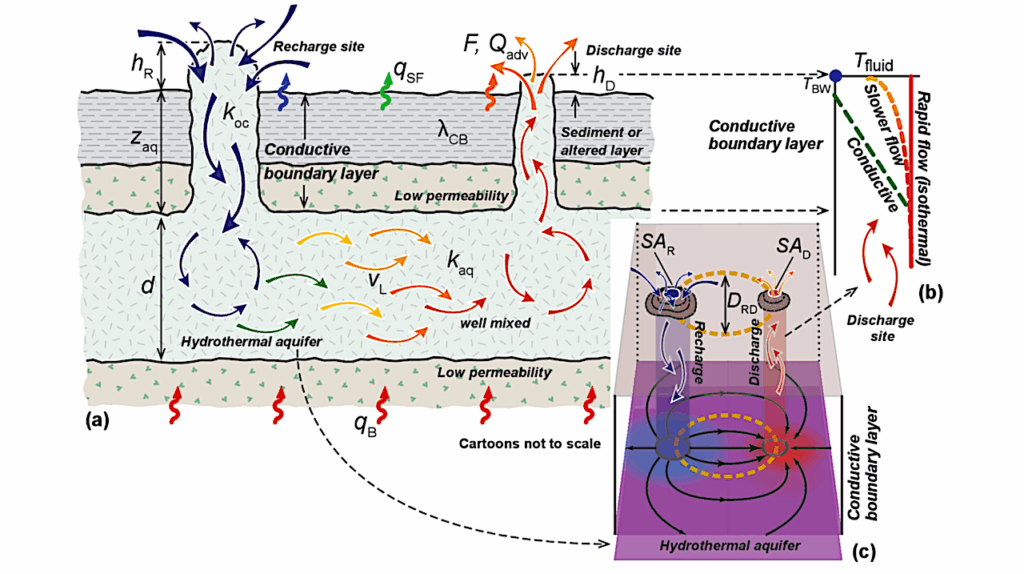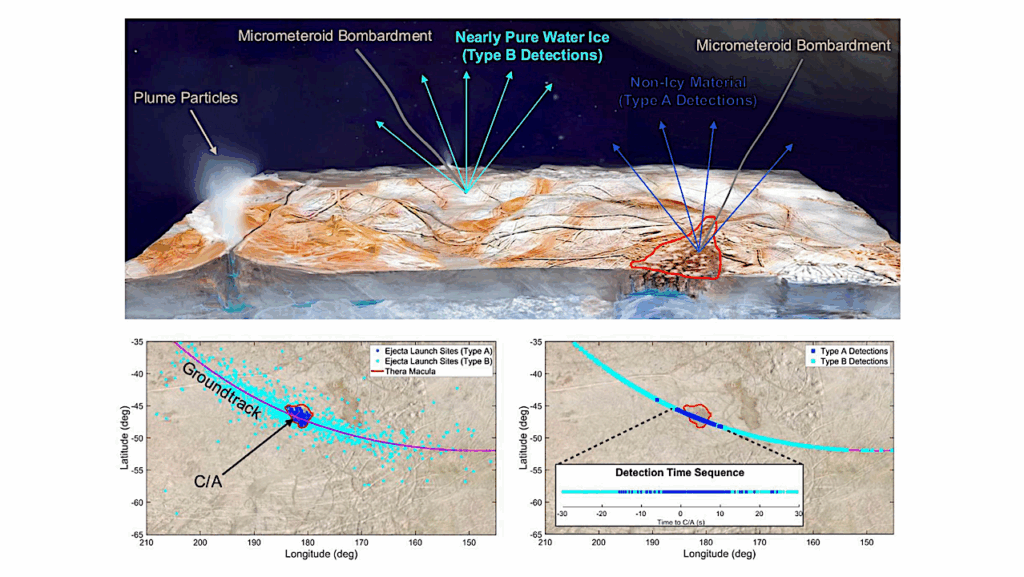Compositional Mapping of Europa Using MCMC Modelling of Near-IR VLT/SPHERE and Galileo/NIMS Observations

We present maps of surface composition of Europa’s anti-jovian hemisphere acquired using high spatial resolution IFU multi-spectral data from the SPHERE instrument on the Very Large Telescope (0.95 to 1.65μm) and the NIMS instrument on the Galileo orbiter (0.7 to 5.2μm).
Spectral modelling was performed using a Markov Chain Monte Carlo method to estimate endmember abundances and to quantify their associated uncertainties. Modelling results support the leading-trailing hemisphere difference in hydrated sulphuric acid abundances caused by exogenic plasma bombardment. Water ice grains are found to be in the 100μm to 1mm range, with larger grains present on the trailing hemisphere, consistent with radiation driven sputtering destroying smaller grains.
Modelling best estimates suggest a mixture of sulphate and chlorinated salts, although uncertainties derived from the MCMC modelling suggest that it is difficult to confidently detect individual salt abundances with low spectral resolution spectra from SPHERE and NIMS. The high spatial resolution offered by SPHERE allows the small scale spatial distribution (<150km) of potential species to be mapped, including ground-based detection of lineae and impact features. This could be used in combination with other higher spectral resolution observations to confirm the presence of these species. Oliver King, Leigh N Fletcher, Nicolas Ligier Subjects: Earth and Planetary Astrophysics (astro-ph.EP)
Cite as: arXiv:2203.02367 [astro-ph.EP] (or arXiv:2203.02367v1 [astro-ph.EP] for this version)
Submission history
From: Oliver King
[v1] Fri, 4 Mar 2022 15:07:20 UTC (23,220 KB)
https://arxiv.org/abs/2203.02367
Astrobiology,








